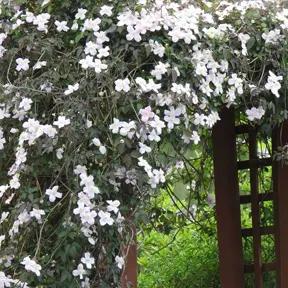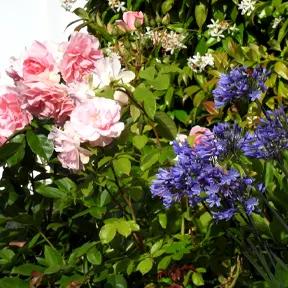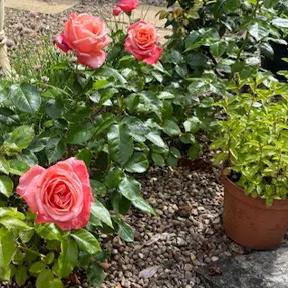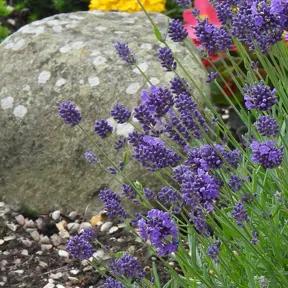Sweet Honey Floribunda Rose Bushes
- Height: 90cm
- Colour: honey yellow
- Shape of flower: double, in clusters
- Scent: light and fruity
- Flowering: repeat
- Group: shrub
- Foliage: glossy, deciduous
- Rose of the Year 2020
Recommended extras
Description
Sweet Honey Floribunda Roses
Sweet Honey was unveiled at the 2019 Hampton Court Flower Show in July as Rose of the Year 2020. It's an elegant Floribunda (or cluster-flowered) rose, bred by Kordes Roses in Germany. The flowers are honey coloured, starting off as beautifully pointed buds of deep apricot, and opening to high-centred, shapely flowers of the softest creamy yellow, with that classic Hybrid Tea shape. The clusters are generous, with 12 to 15 in a group, and make excellent cut flowers. The scent is light and fruity, the foliage healthy and glossy, with excellent disease resistance. We've many other roses for sale, in a huge range of colours, so if you fancy something brighter, bigger or more richly scented, take a look.
Sweethearts forever
Planted en masse, preferably in full sun, Sweet Honey would make a magnificent low informal hedge, growing to around 1m tall by 70cm wide and knitting together to create a lovely wildlife-friendly boundary with flowers that start to open in June and go on until September (longer, perhaps, especially if you're dedicated with the deadheading). It's also the ideal size for a roomy pot on a patio or terrace, given a nice bright spot. If you prefer combining your roses with other perennials in beds and borders, its rich honey tones complement the zingy green and yellow of Alchemilla mollis to perfection: it's an underplanting that will really make the most of Sweet Honey's virtues. Another classic underplanting companion for roses is hardy geraniums, deep-blue Rozanne or celestial Johnson's Blue would be ideal. To bring seasonal interest to bridge the gap between autumn and summer, why not underplant with a succession of winter and spring bulbs? Snowdrops, muscari, daffodils (avoid the taller varieties) and crocus will all lift the spirits until the time comes for Sweet Honey to shine.
Features of Sweet Honey
- Height: 90cm-1m
- Colour: pale honey pink/yellow
- Shape of flower: double, in clusters
- Scent: light and fruity
- Flowering: repeat
- Group: shrub
- Foliage: glossy, deciduous
- Rose of the Year 2020
About Rose of the Year
This highly sought after accolade has been going since 1982. Each year rose growers put forward their best new varieties to be judged by the British Association of Rose Breeders. Over a period of two years, the roses are trialled in the UK, in different soil and climate situations to determine which comes out top. So with Sweet Honey you know you're onto a winner.
Planting Instructions
Water Sweet Honey well until established. Prune from late winter to early spring and feed or mulch with well-rotted manure in spring. Deadhead blooms as they fade.
It's Summer Planting Season 2025

Pot Grown & Plug Plants Delivered

Direct from the Nursery Value

No more broken plants in the post!
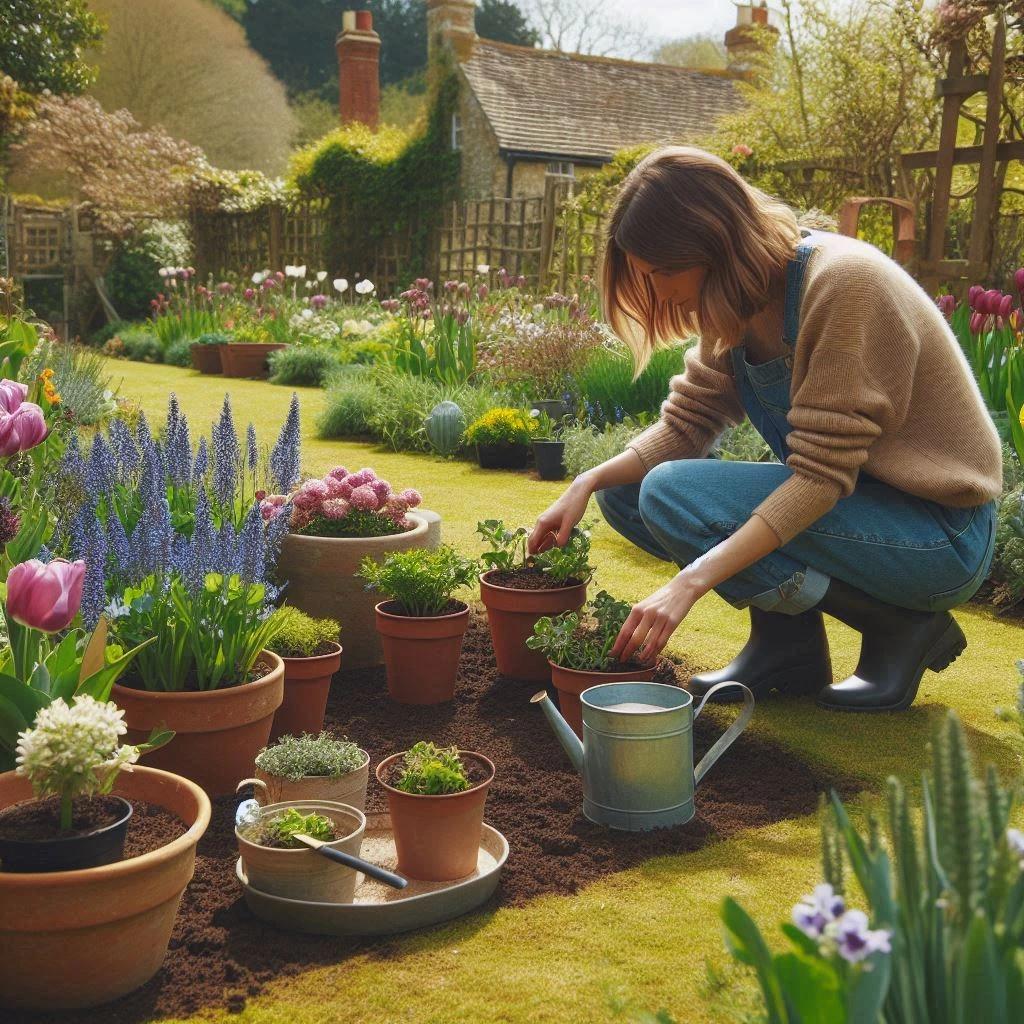

 5.webp)
 5.webp)
 1.webp)
 2.webp)
 3.webp)
 4.webp)

